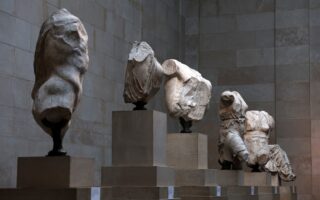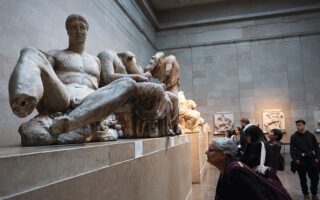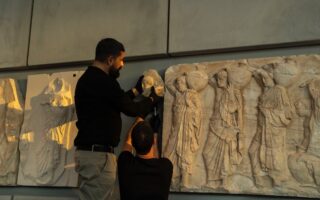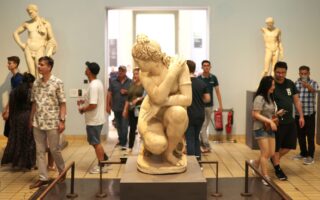Insult to the Parthenon Sculptures
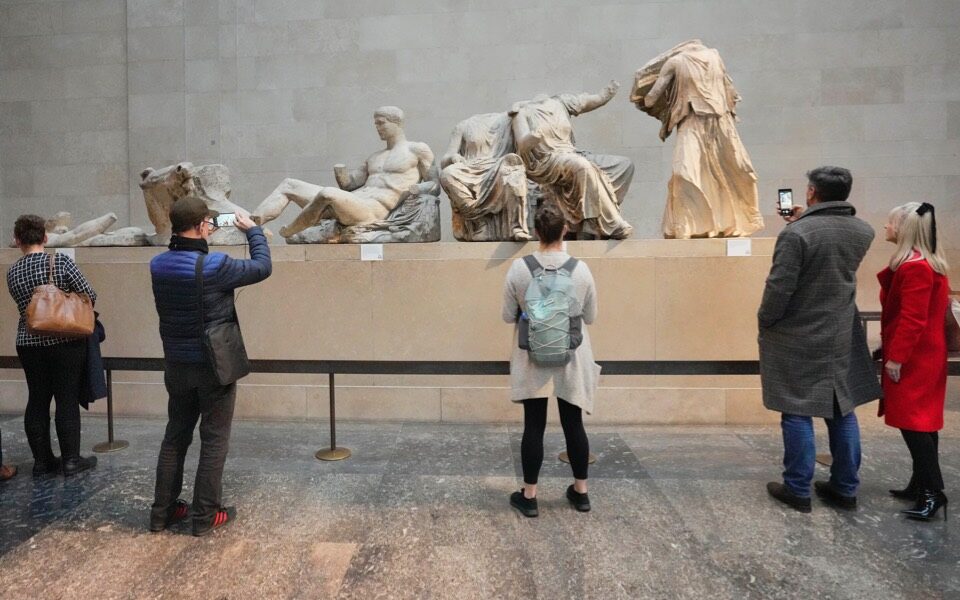
It’s hard to assess whether the decision to stage a fashion show in front of the Parthenon Sculptures last weekend was simply ignorant and naive, or a deliberate and provocative action by the British Museum. Either way, it was offensive to anyone who believes that the rightful owner of these ancient sculptures is Greece. It also fueled the argument that for safety’s sake they should be repatriated to Athens. As soon as possible.
This was not the first time that the British Museum was hosting an Erdem fashion show. In 2022, models weaved in and out of its great neoclassical pillars to show off Erdem Moralioglu’s designs. His inspiration for that year was the Bloomsbury Group (Edith Sitwell and others) and the colonnade of the museum in Bloomsbury must have seemed conveniently close and a little relevant.
Moralioglu’s collection this spring was apparently inspired by Maria Callas’ portrayal of Medea, and he wanted to emphasize Callas’ Greekness. What could be more “Greek” than the sculptures removed by Elgin in the 19th century and now housed in Room 18 of the British Museum? This was presumably his thinking. And nobody seems to have deterred him.
Perhaps it was a purely commercial transaction. The British Museum is currently about to commence a £1 billion project to repair and replan the building. They need money. Its website promotes the fact that galleries are for hire for big parties or dinners. In fact, the trustees of the British Museum used the Duveen Gallery (Room 18) for their annual dinner last year.
Can we assume that whoever agreed to lend the gallery to Erdem did so with absolutely zero knowledge of the importance and uniqueness of the sculptures – or the sensitivity surrounding them? Could there really be someone at the British Museum who is unaware of the negotiations happening between the museum and the Greek government concerning their future? Was this just deplorable ignorance?
As an archaeologist pointed out to me today, the volume of people present for Erdem’s show, plus the lighting and cameras would have affected the temperature and humidity in the gallery. This could well have had a negative effect on these priceless and ancient works of art. There was loud music too, of course.
The Parthenon Sculptures are not indestructible – but they are irreplaceable. In London there are numerous other backdrops that could have been used for commercial promotion – there are neoclassical buildings everywhere you look in this city, all of them inspired by the architecture of ancient Greece. Even the Royal Opera House in Covent Garden would have had a more obvious connection with Callas. It was hard to seen any remote link between what the models were wearing and Medea – indeed the relationship between the clothes and ancient Greek sculpture seemed entirely spurious.
One of the ironies is that the audience sat with their backs to the Parthenon Sculptures, they wouldn’t have noticed whether they were there or not. So why take the risk of damage? Or offense?
It is highly revealing that the sculptures are regarded as the absolute quintessence of Greekness, the ultimate symbol of Greece. Does that not suggest where they belong?
Once again, the actions and attitude of the British Museum leave me totally baffled – and increasingly angry.
Victoria Hislop is a British author and a member of the British Committee for the Reunification of the Parthenon Marbles.
